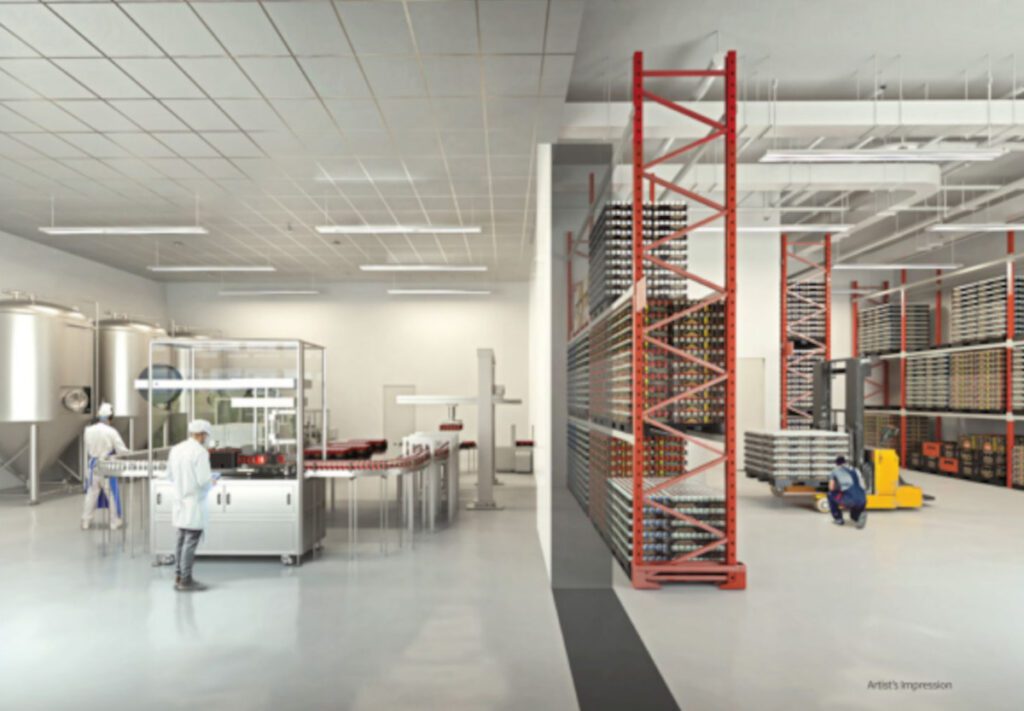Setting up a food factory in Singapore requires careful planning, adherence to regulations, and strategic decision-making. This comprehensive guide will walk you through the essential steps, considerations, and best practices for establishing a successful food manufacturing facility in this dynamic and thriving business environment.
1. Market Research and Feasibility Study
Before diving into the complexities of establishing a food factory, conduct thorough market research. Identify the demand for your product, analyze your target audience, and assess competitors. A feasibility study will help you understand the economic viability and potential challenges, laying the groundwork for a successful venture.
2. Legal and Regulatory Requirements
Understanding and complying with Singapore’s stringent regulatory framework is crucial. Begin by registering your business with the Accounting and Corporate Regulatory Authority (ACRA). Obtain the necessary licenses and permits from relevant authorities, such as the National Environment Agency (NEA) for food-related licenses and the Agri-Food and Veterinary Authority of Singapore (AVA) for certain types of food products.
3. Choose an Appropriate Location
Selecting the right location for your food factory is a critical decision though there are limited supply of food factory on the market. Consider proximity to transportation hubs, access to utilities, and compliance with zoning regulations. Ensure that the chosen location meets hygiene standards and is conducive to food manufacturing operations.
4. Facility Design and Layout
Designing an efficient and compliant facility is essential. Work with architects and industrial designers to create a layout that optimizes workflow, minimizes contamination risks, and meets safety standards. Consider factors such as raw material storage, production areas, packaging zones, and employee amenities.
5. Equipment and Technology
Investing in the right equipment is key to a smooth manufacturing process. Choose machinery that aligns with your production scale and product specifications. Embrace technology to enhance efficiency; automated processes can improve precision and reduce operational costs.
6. Raw Material Sourcing and Quality Control
Establish reliable supply chains for your raw materials. Conduct thorough quality control checks to ensure that the ingredients meet safety and hygiene standards. Building strong relationships with suppliers is crucial for the success and consistency of your product.
7. Employee Training and Safety Protocols
Train your workforce on food safety practices, hygiene, and equipment operation. Implement strict safety protocols to minimize accidents and ensure a healthy working environment. Comply with labor laws and regulations, including work hour limitations and benefits.
8. Waste Management and Sustainability Practices
Develop a comprehensive waste management plan to minimize environmental impact. Implement recycling programs and explore sustainable packaging options. Adhering to green practices not only benefits the environment but also aligns with the growing consumer demand for eco-friendly products.
9. Quality Assurance and Compliance Audits
Establish robust quality assurance protocols to maintain consistency in product quality. Regularly conduct internal audits to identify areas for improvement. External compliance audits by regulatory bodies help ensure that your food factory continues to meet the required standards.
10. Market Your Products Effectively
Develop a strong marketing strategy to promote your products. Leverage digital platforms, social media, and traditional marketing channels to create brand awareness. Highlight the unique aspects of your products, such as quality, sustainability, or special ingredients.
